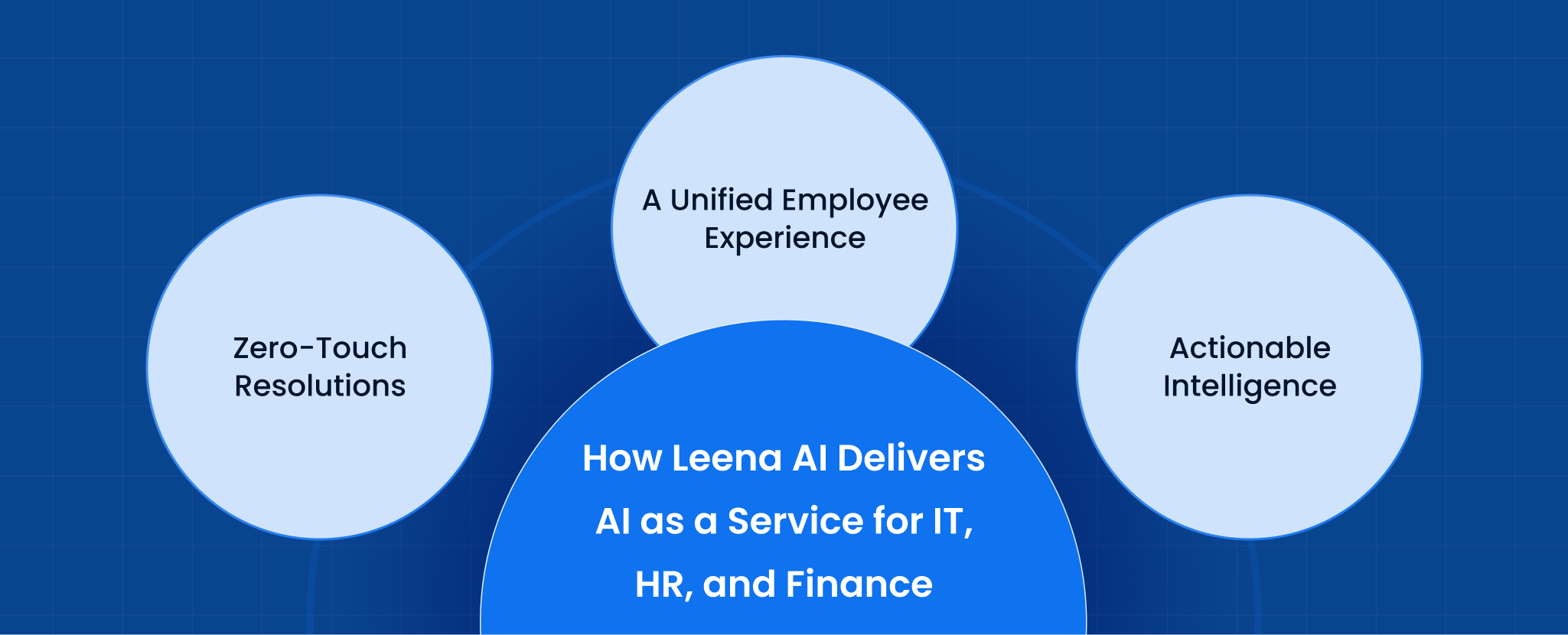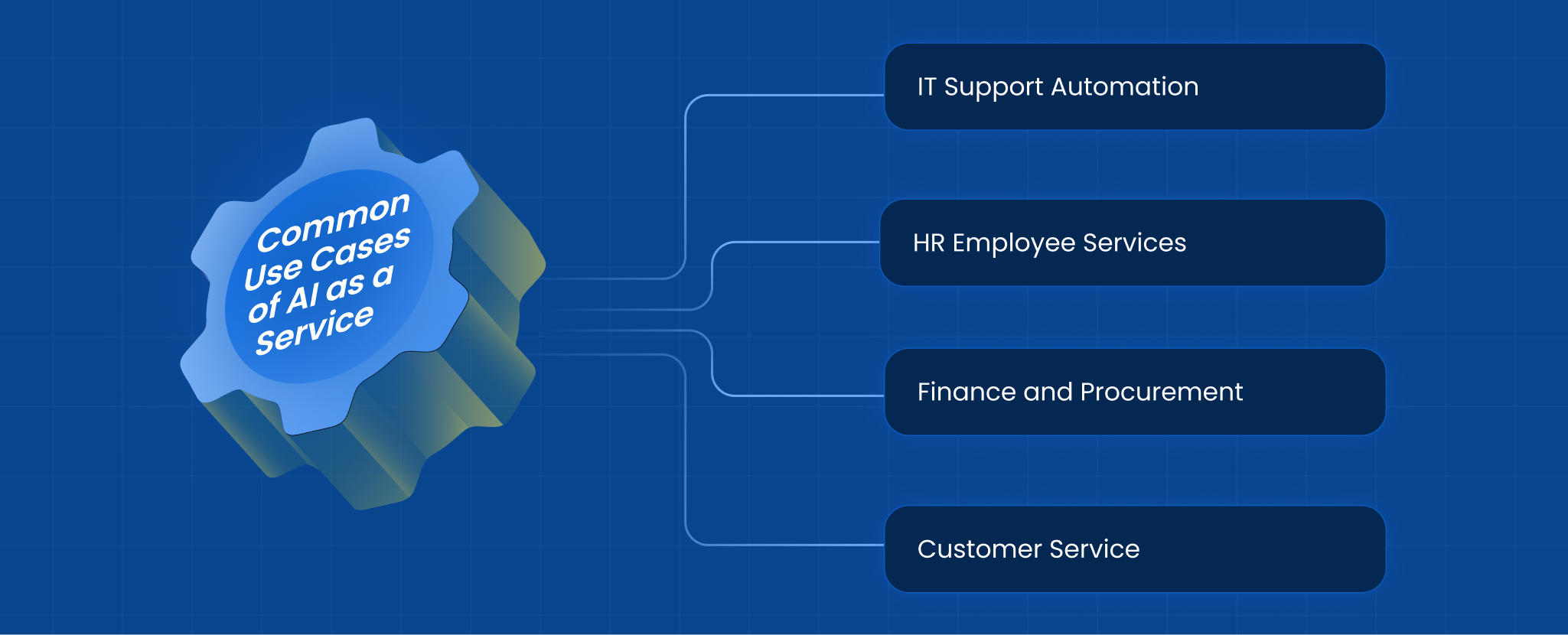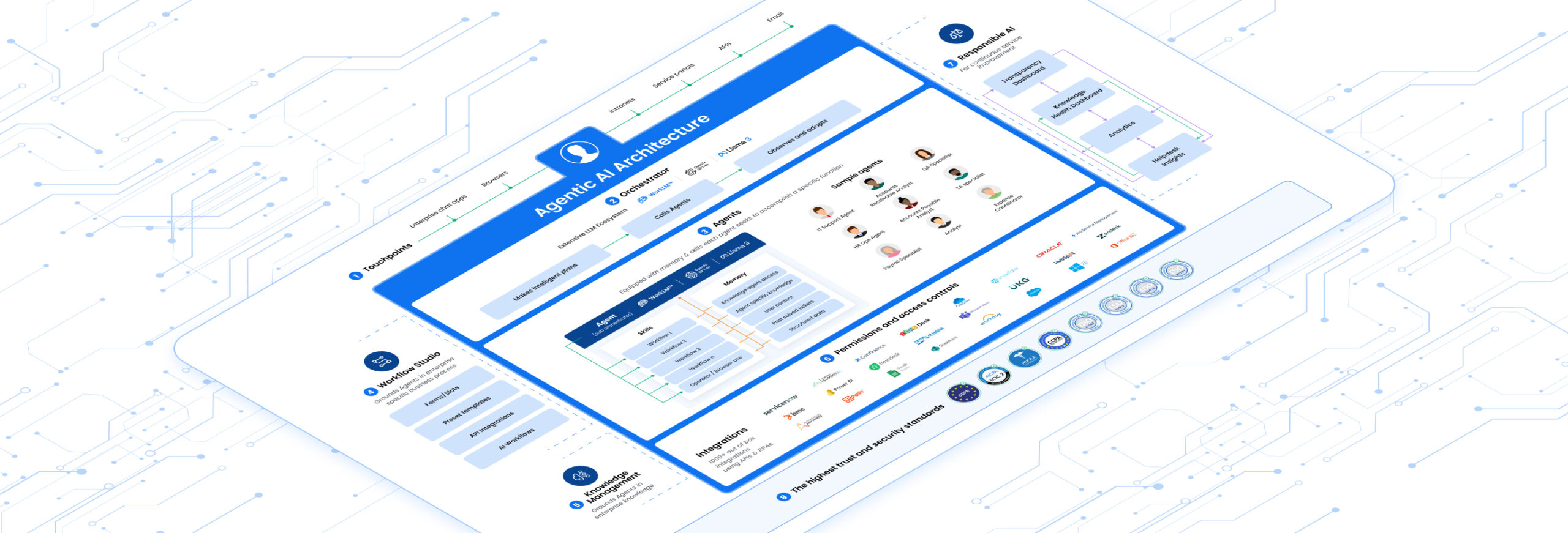Introduction
As a technology leader, you’re constantly balancing innovation with operational stability. You know artificial intelligence is a game-changer, but the thought of multi-year, multi-million dollar projects to build AI from scratch is daunting. What if you could get all the power of enterprise-grade AI without the colossal effort? That’s precisely the promise of AI as a Service. This isn’t just another tech trend; it’s a fundamental shift in how businesses access and deploy intelligent automation, allowing you to focus on strategic outcomes instead of infrastructure. By 2025, leveraging AI as a Service won’t just be an advantage, it will be essential for staying competitive.
What is AI as a Service, Really?
Think about how your company uses cloud computing. You don’t build your own data centers from the ground up; you subscribe to services from providers like Amazon Web Services or Microsoft Azure. You get access to world-class infrastructure on a pay-as-you-go basis.
AI as a Service (AIaaS) works on the exact same principle. Instead of hiring a team of data scientists and machine learning engineers to build, train, and maintain complex AI models, you subscribe to a service that provides ready-to-use AI capabilities. It’s an off-the-shelf solution that allows you to plug powerful AI functionalities directly into your existing business processes through simple integrations. In essence, AI as a Service democratizes artificial intelligence, making it accessible, affordable, and quick to deploy for companies of any size.
How AI as a Service Works Under the Hood
While it sounds like magic, the mechanics are quite straightforward. Here’s a simple breakdown of how an AI as a Service model typically functions:
- Foundation in the Cloud: AIaaS providers build and host their complex AI models on robust cloud infrastructure. They handle all the heavy lifting, the data processing, the algorithm training, and the continuous updates.
- Connecting via APIs: You connect your company’s applications (like your ticketing system, HR platform, or financial software) to the AI service through something called an API (Application Programming Interface). Think of an API as a secure messenger that lets your systems talk to the AI service and exchange information.
- Real-Time Processing: When an event happens, for instance, an employee files an IT ticket, your system sends the relevant data to the AI as a Service provider via the API.
- Intelligent Action: The AI model processes the information in real-time. It understands the request’s intent, figures out the necessary steps, and either provides an intelligent response (like an answer to a question) or takes direct action (like resetting a password).
- Seamless Integration: The result is sent back to your system, and the task is completed, often without any human needing to touch it. The entire process is seamless for the end-user.
This model allows you to integrate sophisticated intelligence without having to understand the intricate details of machine learning algorithms.
The Tangible Benefits of AI as a Service for Enterprises
Adopting an AI as a Service model isn’t just about modernizing your tech stack; it’s about driving real business value. For technology leaders, the benefits are clear and compelling.
- Reduced Costs and Predictable Spending: Building an in-house AI team is a massive capital expense. In contrast, AI as a Service shifts this to a predictable operational expense. You pay a subscription fee, eliminating the need for huge upfront investments in talent and infrastructure.
- Faster Time to Value: Traditional AI projects can take years to move from concept to production. With AI as a Service, you can deploy powerful solutions in weeks or months, allowing you to see a return on your investment almost immediately.
- Access to World-Class Expertise: You instantly gain access to AI models and platforms built by some of the best minds in the industry. The provider handles the research, development, and continuous improvement, ensuring you always have cutting-edge technology.
- Scalability on Demand: As your company grows, your needs change. An AI as a Service platform can scale with you effortlessly, handling ten thousand tickets as easily as it handles ten, without you needing to worry about server capacity or performance.
- Increased Focus on Core Business: By outsourcing the AI infrastructure, you free up your valuable internal tech talent to focus on projects that directly drive your business’s unique value proposition, rather than on reinventing the AI wheel.
Common Use Cases of AI as a Service
The applications of AI as a Service are vast, but for large enterprises, some of the most impactful use cases are in streamlining internal support functions.
-
IT Support Automation: Autonomously resolving common IT tickets like password resets, software access requests, and VPN troubleshooting. An AI as a Service solution can reduce ticket volume by over 50%.
-
HR Employee Services: Answering frequently asked questions about benefits, payroll, and company policies, as well as automating onboarding and offboarding processes.
-
Finance and Procurement: Automating invoice processing, answering supplier queries, and guiding employees through expense report submissions.
-
Customer Service: Powering intelligent chatbots and virtual agents that can handle customer inquiries, process returns, and track orders 24/7.
Navigating the Challenges of Implementing AI as a Service
While the benefits are significant, a successful implementation requires careful planning. Forward-thinking leaders should be mindful of these potential challenges:
- Data Security and Privacy: You are entrusting a third party with your data. Therefore, it’s crucial to choose a provider with robust security certifications (like SOC 2, ISO 27001) and a clear data governance policy.
- Integration Complexity: Ensure the AI as a Service vendor has pre-built, seamless integrations with your core systems (like Workday, ServiceNow, or Salesforce). A solution that requires extensive custom integration can quickly erode the benefit of speed.
- Vendor Lock-In: Carefully evaluate the contract and the provider’s technology. You want a partner, not a jailer. Understand how easy it would be to migrate away from the service if needed.
- Change Management: Introducing any new technology requires buy-in. It’s important to communicate the benefits to employees and support teams, framing the AI not as a replacement but as a powerful assistant that frees them up for more strategic work.
AI as a Service vs. Traditional AI Solutions: A Clear Comparison
Understanding the distinction is key to making the right strategic decision for your organization.
| Factor | Traditional AI (In-House) | AI as a Service |
| Cost Model | High Capital Expense (CAPEX) | Predictable Operating Expense (OPEX) |
| Implementation Time | 18-24+ months | 2-4 months |
| Required Expertise | Large in-house team of data scientists & ML engineers | Minimal internal expertise required |
| Maintenance | Continuous internal effort for updates and training | Handled entirely by the service provider |
| Technology | Quickly becomes outdated | Continuously updated with the latest advancements |
Why Large Enterprises Are Adopting AI as a Service
The shift toward AI as a Service in the enterprise isn’t just a trend; it’s a strategic response to the demands of the modern business landscape. Large companies are adopting this model because it directly addresses their primary objectives: efficiency, employee experience, and innovation. Instead of dedicating vast resources to building foundational AI, leaders are choosing to buy this capability to accelerate their digital transformation. This allows them to deliver better, faster support to their employees, which in turn boosts productivity and morale. Ultimately, AI as a Service provides the agility needed to compete in a world where speed is paramount.
How Leena AI Delivers AIAAS for IT, HR, and Finance
At Leena AI, we believe the next evolution of AI as a Service is about moving from simple automation to true, autonomous resolution. This is the core of what we call “Agentic AI.”
Our AI agents don’t just answer questions or classify tickets; they take action. When an employee requests access to a software application, our AI doesn’t just create a ticket for an IT agent to resolve later. It securely authenticates the user, checks their role-based permissions, logs into the appropriate admin console, and grants the access, all in a matter of seconds. The ticket is opened and closed autonomously.

This is the power of a mature AI as a Service platform. For IT, HR, and Finance leaders, this means:
-
Zero-Touch Resolutions: A significant portion of your support tickets can be resolved with no human involvement, freeing up your teams for high-value strategic work.
-
A Unified Employee Experience: We provide a single, intelligent interface for employees to get help across departments, whether they have a payroll question for HR or a laptop issue for IT.
-
Actionable Intelligence: Our platform doesn’t just resolve issues; it provides analytics on recurring problems, helping you identify opportunities for proactive problem management and process improvement.
Leena AI delivers this advanced capability as a true AI as a Service, with seamless integrations into your existing enterprise systems to ensure you get value from day one.
The Future of AI as a Service in Business: What’s Next?
The trajectory of AI as a Service is pointed toward even greater autonomy and intelligence. In the coming years, we will see AI platforms that not only resolve individual issues but also manage complex, multi-step business processes from end to end. Imagine an AI agent that can onboard a new employee by provisioning their hardware, setting up all their software accounts, and enrolling them in benefits, all based on a single initial request. This future is closer than you think, and it will be delivered through sophisticated AI as a Service models that are secure, scalable, and deeply integrated into the fabric of the enterprise.
Frequently Asked Questions (FAQs)
What is the primary difference between AI as a Service and standard SaaS?
While both are subscription-based, a standard SaaS product provides software for a user to complete a task. AI as a Service provides access to an underlying artificial intelligence model that can perform tasks autonomously or provide intelligent insights, often integrated into other software.
How secure is an AI as a Service platform?
Leading AI as a Service providers prioritize security and comply with stringent international standards like SOC 2 and ISO 27001. They use robust data encryption and anonymization techniques to protect your sensitive company information. Always verify a vendor’s security credentials.
Can AI as a Service integrate with my company's existing systems?
Yes, seamless integration is a core feature of a strong AI as a Service offering. Top providers offer pre-built connectors for major enterprise platforms like ServiceNow, Workday, SAP, and more, ensuring a smooth flow of information.
How does implementing AI as a Service impact my current IT or HR teams?
Implementing AI as a Service elevates your support teams. By automating repetitive, low-level tasks, it frees up your skilled professionals to focus on complex problem-solving, strategic initiatives, and providing a better human touch where it matters most.
How is the ROI of an AI as a Service solution typically measured?
ROI is measured through several key metrics, including the reduction in ticket resolution time, the decrease in overall ticket volume (ticket deflection), improved employee satisfaction scores (ESAT), and the operational cost savings from automating manual tasks.














